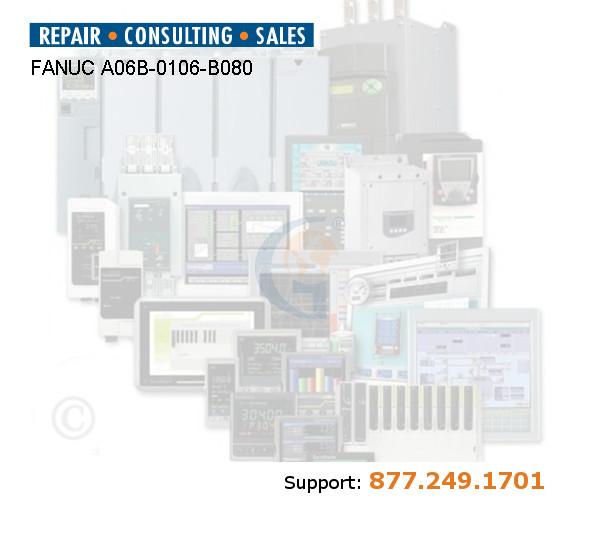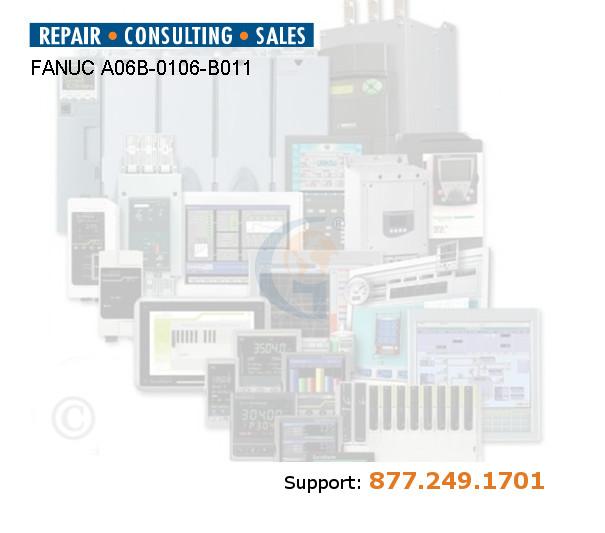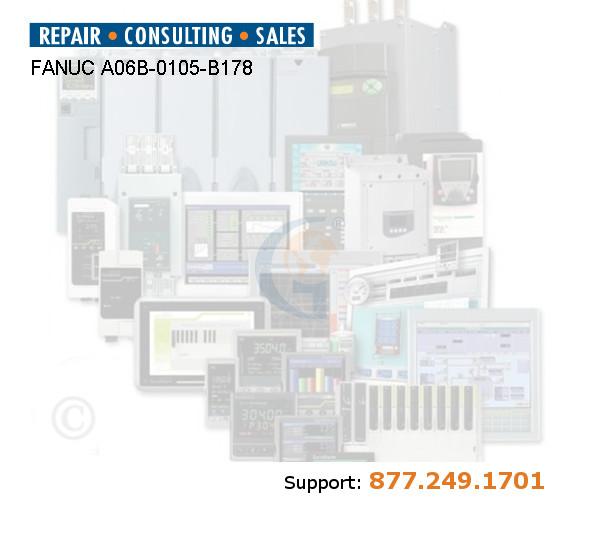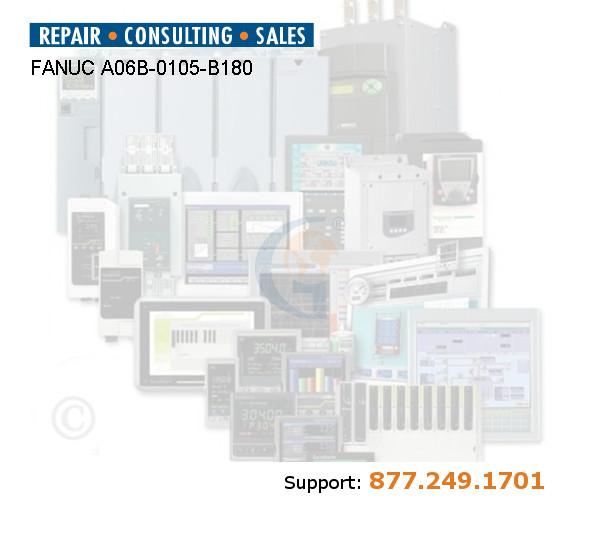Servo Motors
Many industries have machinery with moving parts that need to change their position and angle. A servo motor makes this movement possible and provides the precision needed for the machinery to perform certain actions or create specific parts. This motor is capable of controlling certain parameters of a part to achieve the desired outcome.
-
 FANUC
FANUCFANUC A06B-0106-B078 AE6 Servo MOTOR: Repair or Buy FANUC A06B-0106-B078
- Model #:
- A06B-0106-B078
- Part #:
- A06B-0106-B078
-
 FANUC
FANUCFANUC A06B-0106-B080 AE6 Servo MOTOR: Repair or Buy FANUC A06B-0106-B080
- Model #:
- A06B-0106-B080
- Part #:
- A06B-0106-B080
-
 FANUC
FANUCFANUC A06B-0106-B011 AE6 Servo MOTOR: Repair or Buy FANUC A06B-0106-B011
- Model #:
- A06B-0106-B011
- Part #:
- A06B-0106-B011
-
 FANUC
FANUCFANUC A06B-0106-B014 Servo Motors Repair Maintenance and Troubleshooting Service — Replacement Parts Sales
- Model #:
- A06B-0106-B014
- Part #:
- A06B-0106-B014
-
 FANUC
FANUCFANUC A06B-0105-B178 AE3 Servo MOTOR: Repair or Buy FANUC A06B-0105-B178
- Model #:
- A06B-0105-B178
- Part #:
- A06B-0105-B178
-
 FANUC
FANUCFANUC A06B-0105-B180 AE3 Servo MOTOR: Repair or Buy FANUC A06B-0105-B180
- Model #:
- A06B-0105-B180
- Part #:
- A06B-0105-B180
What Are Servo Motors?
A servo motor is a self-contained electrical device that rotates machine parts efficiently and precisely. It includes the following parts:
- – Control circuit
- – Shaft
- – Amplifier
- – Drive gear
- – Encoder
- – Potentiometer
It is part of a closed-loop system that uses positional feedback to control the linear and rotational speed and position of the part. The encoder provides speed and position feedback to the motor through an analog or digital signal. Based on the feedback, the motor will move the shaft to its final position.
Uses for Servo Motors
Servo motors are mostly used in closed-loop systems that need precise control for positioning, like in the commercial and industrial fields. In robotics, servo motors are positioned at each of the robot’s moving parts to ensure accuarate angles. In astronomy, servo motors alter the elevation axis of telescopes and antennas.
Common Problems and Questions With Servo Motors
The difference between a regular motor and a servo motor is that the servo motor’s output shaft can be moved to a specific velocity, angle or position. A regular motor does not have this capability. Servo motors are also different from stepper motors because they have different control mechanisms, torque and speed.
When looking for servo motors, keep a few considerations in mind:
- – Current type: Servo motors run with alternating current (AC) or direct current (DC). With an AC motor, the speed is determined by the number of magnetic poles and the frequency of the applied voltage. With a DC motor, the speed is proportional to the supply voltage.
- – Communication type: Some servo motors use brushes for communication. These brushes press against the commutator, making a sliding contact with the commutator so it reverses the direction of the current between the drive circuit and rotor. Other types of servo motors are brushless. Brush or brushless usually applies to DC motors.
- – Rotor type: The servo motor’s rotating field uses either synchronous or asynchronous rotation. Synchronous rotation means the rotor and the stator’s rotating magnetic field are rotating at the same speed. Asynchronous rotation means the rotor is rotating slower than the magnetic field. Synchronous or asynchronous usually applies to AC motors.
Why Order Servo Motors From Global Electronic Services?
Global Electronic Services sells all types of servo motors and other industrial electronics from over 60,000 of the most respected manufacturers in the industry. In addition to equipment sales, we also do electronic repairs with a typical turnaround time of one to five days.
Buy Servo Motors Online
Order your servo motors from Global Electronic Services today. Explore this page to see our various options and specifications. To learn more about servo motors, call our team 877-249-1701.